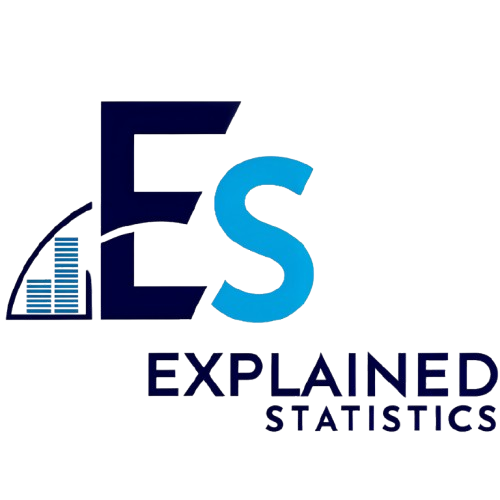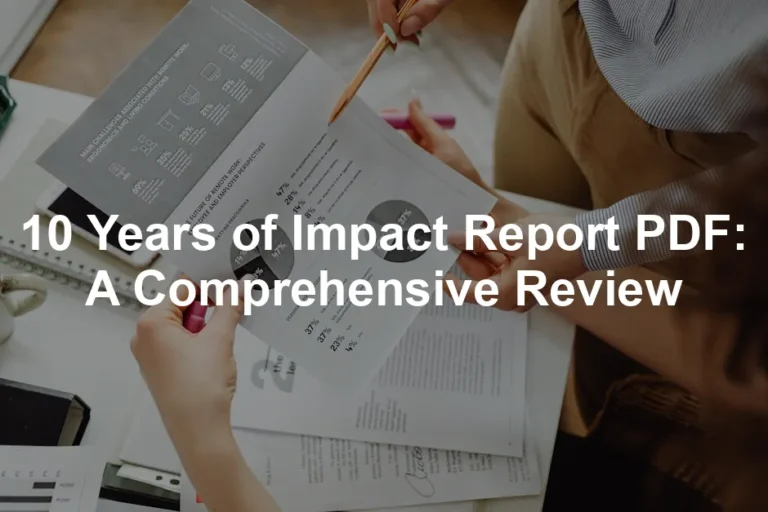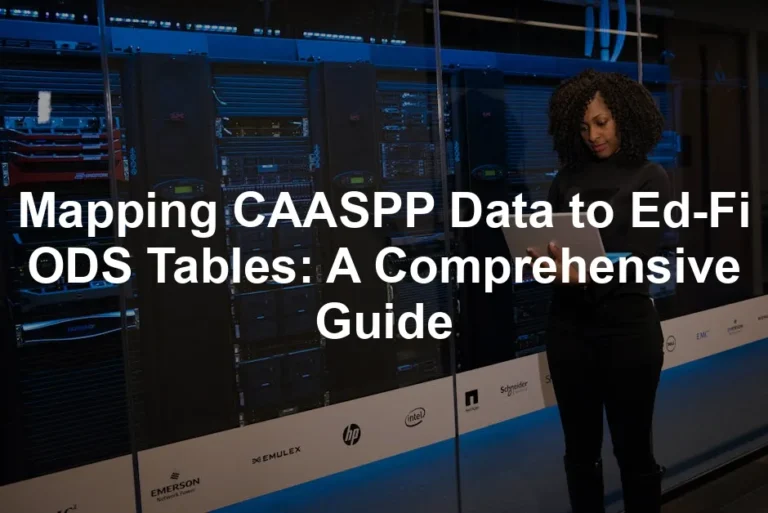Introduction
Statistics and probability are the unsung heroes of decision-making. From data science to economics and psychology, these fields guide our understanding of complex information. They help us make sense of everything, from healthcare outcomes to consumer behavior. It’s like having a trusty map in the twisting maze of data.
In this article, we aim to provide a curated list of recommended books on statistics and probability. Whether you’re a beginner just getting your feet wet or an intermediate learner ready to dive deeper, we’ve got something for you. Our goal is to help you master these essential concepts and transform you into a data-savvy individual.
So, grab your favorite reading glasses and prepare to embark on a literary adventure through the fascinating world of statistics and probability!

Understanding Statistics and Probability
What is Statistics?
Statistics is like a magnifying glass for data analysis. It allows us to collect, analyze, and interpret vast amounts of information. At its core, statistics breaks down into two main branches: descriptive and inferential statistics.
Descriptive statistics summarize data, providing a snapshot of what’s happening without making predictions. Think averages, medians, and modes. They help us understand the shape and spread of our data.
On the other hand, inferential statistics takes us a step further. It allows us to make predictions or inferences about a larger population based on a sample. For instance, we might survey 1,000 people to predict how an entire city feels about a new policy. To delve deeper into this topic, check out our guide on the problem with inferential statistics.
Understanding inferential statistics is crucial for making predictions about larger populations. Learn more about it here.
The applications of statistics are everywhere! In healthcare, statistics help track disease outbreaks. In business, they guide marketing strategies. Even in sports, teams analyze player performance to make strategic decisions. Without statistics, we would be lost in a sea of data, like a sailor without a compass.
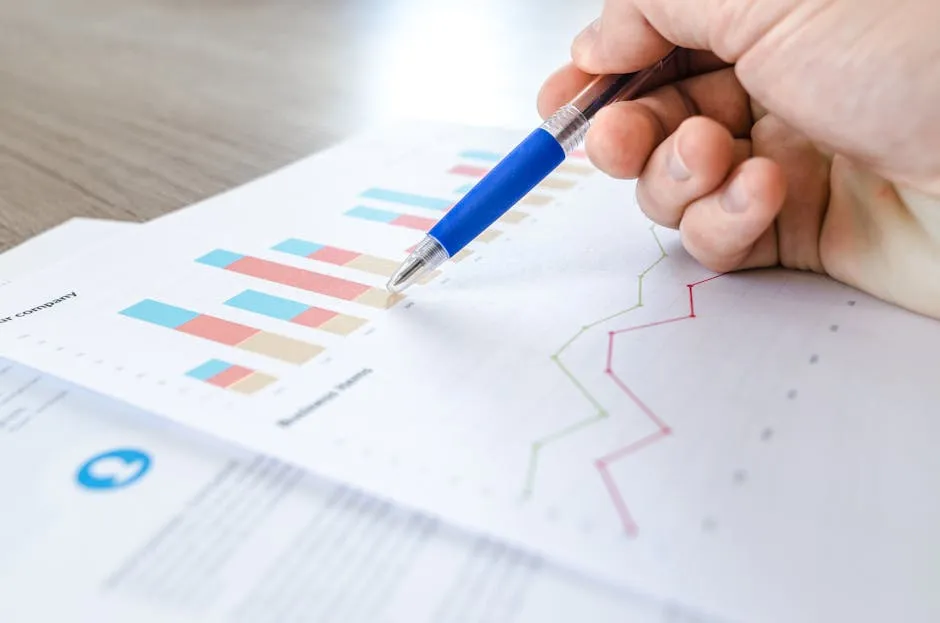
What is Probability?
Probability is the measure of the likelihood that an event will occur. It’s a fundamental concept in statistics, helping us understand uncertainty and make informed decisions. Imagine you’re at a carnival, trying to win a stuffed bear by tossing rings. Probability helps you calculate your chances of success!
There are two main types of probability: theoretical and experimental. Theoretical probability is based on the possible outcomes in a perfect world. For example, flipping a fair coin yields a 50% chance of heads. Experimental probability, however, relies on actual experiments and observations. If you flip a coin ten times and get heads six times, your experimental probability of heads is 60%. So, if you think you’re lucky, you might want to test it out!
Probability plays a crucial role in many statistical methods. It underpins concepts like confidence intervals, hypothesis testing, and regression analysis. Without probability, statistics would be like a pizza without toppings—plain and unappetizing!

Recommended Books for Beginners
Essential Textbooks
1. “Statistics for People Who (Think They) Hate Statistics” by Neil J. Salkind
This book is like a warm hug for statistics newbies. Salkind’s engaging style breaks down complex ideas into bite-sized pieces, making statistics approachable and fun. It’s perfect for anyone who feels intimidated by numbers. Expect humor, relatable examples, and a friendly tone that will have you chuckling as you learn. You can grab your copy of “Statistics for People Who (Think They) Hate Statistics” on Amazon!
Absolute beginners will feel at home here. Salkind uses relatable scenarios and straightforward explanations, making it easy to grasp essential concepts. You’ll soon realize that statistics isn’t something to fear; it can be a delightful adventure!

2. “Introductory Statistics” by Illowsky
Illowsky’s “Introductory Statistics” is a gem for self-learners. The book features practical examples that connect statistical concepts to real-life situations. You won’t find yourself lost in jargon; instead, you’ll be guided through the material with clarity. Grab your copy of “Introductory Statistics” today!
The easy-to-follow structure makes it accessible for those learning on their own. Each chapter includes problems to reinforce your understanding, so you can practice what you’ve learned. With this book, statistics transforms from a daunting subject into an exciting journey of discovery!
These textbooks provide invaluable insights for beginners. They simplify complex concepts, making statistics and probability feel more like a friendly conversation than a rigorous lecture. So, get ready to dive into these books and embrace your inner statistician!

Probability Foundations
3. “Introduction to Probability” by Blitzstein and Hwang
“Introduction to Probability” by Blitzstein and Hwang is a delightful entry point for those new to the subject. This book takes an intuitive approach, focusing on building a strong conceptual understanding. It’s like having a friendly guide who patiently walks you through the twists and turns of probability.
One of its standout features is the problem sets included at the end of each chapter. These problems are not just random exercises; they reinforce the concepts discussed and challenge you to think critically. You can find this book on Amazon here.
This book is perfect for self-learners. The clear explanations combined with engaging examples make it an ideal companion for anyone looking to grasp the basics of probability. It’s a true gem for those feeling intimidated by numbers, transforming fear into fascination.
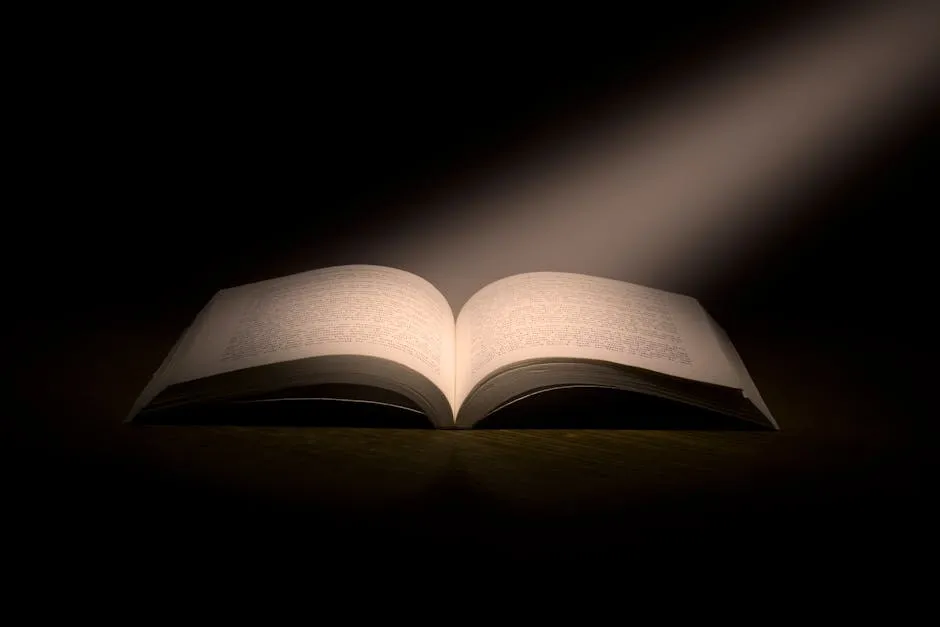
4. “A First Course in Probability” by William Feller
William Feller’s “A First Course in Probability” is a classic that has stood the test of time. This text is rich with foundational concepts that are essential for understanding probability. Feller’s writing style is engaging and accessible, making complex ideas easier to digest. You can purchase it on Amazon here.
What sets this book apart is its historical significance. First published in the 1960s, it has influenced countless students and professionals in the field. Feller’s insightful explanations and thorough coverage of topics provide a solid groundwork for further study.
The enduring popularity of this book speaks volumes. It remains a go-to resource for introductory courses in probability. Whether you’re a student or just keen to learn, Feller’s work is a must-have on your bookshelf.

Intermediate to Advanced Books
Statistical Inference and Theory
5. “Statistical Inference” by Casella and Berger
“Statistical Inference” by Casella and Berger is a heavyweight in the realm of statistical theory. This book dives deep into the intricacies of statistical methods, making it suitable for graduate-level learners. The content is comprehensive, covering a wide array of topics essential for grasping advanced statistical concepts.
One of the highlights of this book is its rigorous approach. It includes numerous proofs that illustrate the underlying principles of statistical theory. These comprehensive explanations help demystify complex ideas, enabling readers to develop a robust understanding. If you’re ready to elevate your statistical prowess, you can get the book here.
For those serious about mastering statistics, this book is a treasure trove of knowledge. It’s perfect for learners who are ready to tackle challenging material and elevate their statistical prowess.

6. “All of Statistics: A Concise Course in Statistical Inference” by Larry Wasserman
“All of Statistics” is like your trusty Swiss Army knife for statistics. It offers a quick reference style, making it easy to navigate through essential topics. Whether you’re brushing up on concepts or diving into new areas, this book is conveniently structured. You can find it on Amazon here.
Wasserman covers a broad spectrum, including probability theory, statistical inference, and even linear models. You won’t find yourself lost in a sea of jargon here. Instead, the author breaks everything down into digestible pieces. It’s perfect for those who want clarity without drowning in details.
This book doesn’t just stop at the basics. It prepares readers for more advanced studies. If you’re eyeing graduate-level courses, this text lays the groundwork. It gives you the confidence to tackle more complex materials in statistics, making it a wise choice for future statisticians.

Advanced Probability Theory
7. “Probability: The Logic of Science” by E.T. Jaynes
E.T. Jaynes’ “Probability: The Logic of Science” takes a bold and innovative stance on probability. Instead of the traditional frequentist approach, Jaynes introduces readers to Bayesian methods. This perspective emphasizes the importance of subjective probability in scientific reasoning.
The book is packed with real-world applications. Jaynes illustrates how probability can be a powerful tool in diverse fields, from physics to economics. His logical framework helps readers understand how to apply Bayesian thinking to everyday problems. You can get your copy on Amazon here.
This book is not just for statisticians. It’s a must-read for scientists and anyone intrigued by the role of probability in understanding the world. Get ready to challenge your assumptions and think critically about how you interpret data!

8. “Probability and Random Processes” by Grimmett and Stirzaker
“Probability and Random Processes” by Grimmett and Stirzaker is a heavyweight in the world of probability theory. This book offers a rigorous treatment of random processes, making it an essential resource for engineering and applied statistics students. You can find it on Amazon here.
The authors dive deep into concepts like Markov chains, stochastic processes, and queuing theory. The level of detail is impressive, ensuring that readers gain a solid understanding of the subject matter. It’s perfect for those who appreciate a thorough exploration of topics without skimping on rigor.
This text is particularly suited for students in engineering and related fields. If you’re looking to apply probability theory in practical scenarios, this book will serve as an invaluable guide. Prepare to enhance your analytical skills and tackle real-world problems with confidence!

Specialized Books in Statistics
Machine Learning and Data Science
9. “The Elements of Statistical Learning” by Hastie, Tibshirani, and Friedman
If you’re venturing into the realms of machine learning and data mining, this book is your trusty sidekick. “The Elements of Statistical Learning” is a comprehensive guide that dives headfirst into the statistical methods that underpin machine learning. The authors, Hastie, Tibshirani, and Friedman, are like the rockstars of statistics, and their expertise shines throughout the text. You can get your copy on Amazon here.
The relevance of this book in the field of machine learning cannot be overstated. It covers essential topics like supervised and unsupervised learning, model assessment, and variable selection. Each chapter is replete with practical applications that illustrate how statistical concepts can be applied to real-world data problems. Whether you’re building predictive models or analyzing large datasets, this book equips you with the tools you need to tackle complex challenges effectively.
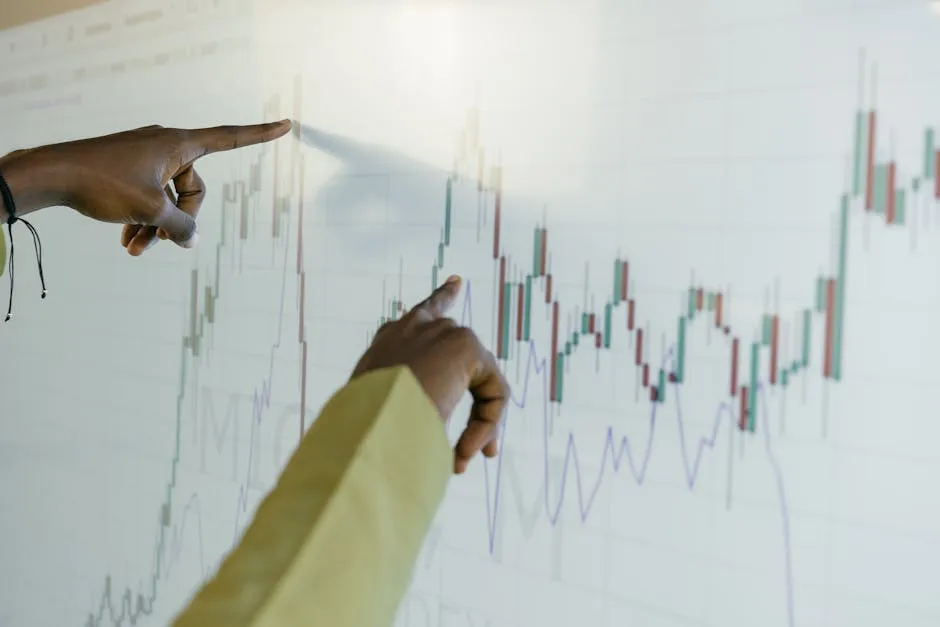
10. “Introduction to Statistical Learning with Applications in R” by James, Witten, Hastie, and Tibshirani
“Introduction to Statistical Learning with Applications in R” is like a friendly guide to the world of data science. The approachable writing style makes it perfect for beginners. The authors break down complex statistical concepts into digestible pieces, ensuring you won’t feel overwhelmed. You can find it on Amazon here.
One of the standout features of this book is its inclusion of R programming examples. You’ll not only learn about statistical methods but also how to apply them using R, a powerful tool for data analysis. This hands-on approach allows you to practice what you learn, making the concepts stick like peanut butter on bread.
For those new to data science, this book is invaluable. It covers essential topics like linear regression, classification, and resampling methods, all while maintaining a friendly tone. Get ready to roll up your sleeves and dive into some R programming, as this book empowers you to analyze data and make informed decisions based on your findings.
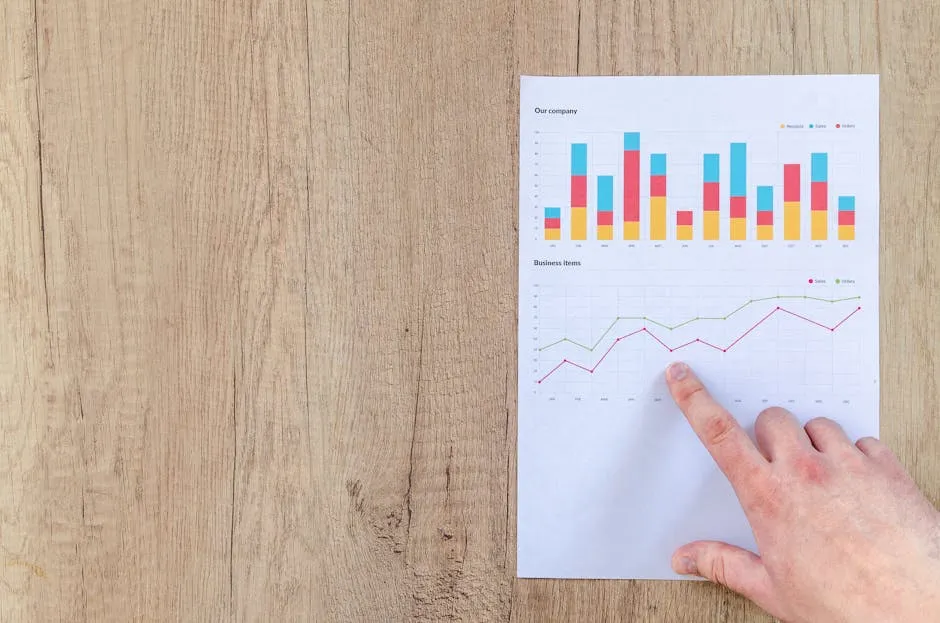
Bayesian Statistics
11. “Doing Bayesian Data Analysis” by John K. Kruschke
If you’re curious about Bayesian methods, “Doing Bayesian Data Analysis” is your gateway to understanding this fascinating approach. Kruschke presents a practical guide that makes Bayesian statistics accessible, even for those who might feel daunted by the subject. You can find it on Amazon here.
The book emphasizes a hands-on approach, featuring numerous examples that illustrate how to apply Bayesian methods in real-world scenarios. You won’t just learn the theory; you’ll also engage with practical applications that solidify your understanding. The inclusion of R and JAGS examples allows you to implement Bayesian data analysis techniques effectively.
Kruschke’s writing style is engaging and approachable, making complex ideas feel more manageable. By the end of your reading, you’ll have a solid grasp of Bayesian principles and be prepared to apply them in your own data analysis projects. This book is an excellent resource for anyone looking to explore Bayesian statistics in a practical, engaging manner.

12. “Bayesian Data Analysis” by Andrew Gelman et al.
“Bayesian Data Analysis” is a heavyweight in the world of Bayesian statistics. Authored by Andrew Gelman and his colleagues, this book comprehensively covers the subject, making it essential reading for serious students of statistical theory. You can grab it on Amazon here.
The depth of coverage is impressive, touching on everything from basic principles to advanced topics in Bayesian modeling. Gelman’s clear explanations make even the most intricate concepts accessible. The book includes practical examples that illustrate how Bayesian methods can be applied across various fields, including social sciences and epidemiology.
This text is not just for students; it’s a valuable resource for researchers and practitioners as well. If you’re serious about mastering Bayesian statistics, this book will serve as an indispensable companion on your journey. Its comprehensive nature ensures you’re well-equipped to tackle the complexities of Bayesian data analysis.
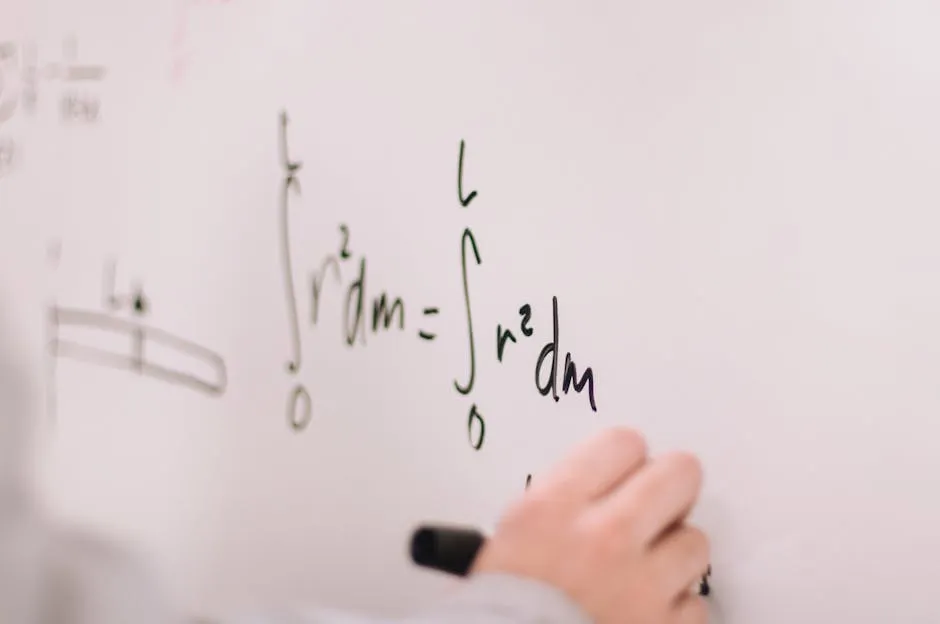
Fun and Engaging Reads
Popular Science Books
13. “How to Lie with Statistics” by Darrell Huff
Looking for a humorous take on statistics? “How to Lie with Statistics” is the book for you! Darrell Huff’s witty writing exposes how data can be manipulated and misrepresented. It’s like having a no-nonsense friend who helps you see through the smoke and mirrors of statistics. You can find it on Amazon here.
Huff’s engaging style makes this book a delightful read. He illustrates how anyone can fall victim to misleading statistics, whether it’s through clever graphs or selective data presentation. This book is essential for developing critical thinking skills when interpreting data. It encourages readers to question the information presented to them, making it relevant in today’s data-driven world.
With plenty of anecdotes and real-world examples, Huff’s book remains a classic that resonates with anyone curious about the implications of statistics. It’s a must-read for anyone interested in understanding the societal impact of statistical manipulation.

14. “The Drunkard’s Walk: How Randomness Rules Our Lives” by Leonard Mlodinow
In “The Drunkard’s Walk,” Leonard Mlodinow takes readers on a fascinating journey through the role of randomness in our lives. The engaging narrative style keeps you hooked as Mlodinow explores how chance influences everything from our daily decisions to major life events. You can grab it on Amazon here.
Mlodinow expertly weaves together stories and scientific insights, demonstrating that randomness isn’t just a concept confined to the realm of statistics. It’s a force that shapes our experiences. The book encourages readers to embrace uncertainty and understand how it affects our lives in profound ways.
Whether you’re a statistics aficionado or a casual reader, this book is an eye-opener. Mlodinow’s wit and charm make complex ideas about probability and randomness accessible to everyone. So, if you’re ready to see the world through a different lens, grab this book and enjoy the ride!
Please let us know what you think about our content by leaving a comment down below!
Thank you for reading till here 🙂
All images from Pexels
